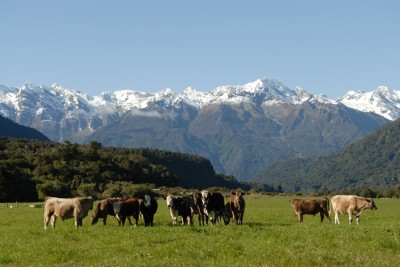 OSPRI nominated as the management agency in MPI consultation on a National Pest Management Plan for M. bovis
OSPRI nominated as the management agency in MPI consultation on a National Pest Management Plan for M. bovis
A proposal is being made to change how the M. bovis Eradication Programme is administered, moving it from a Government-Industry Agreement (GIA) to a National Pest Management Plan (NPMP), with OSPRI as the proposed management agency.
Under this NPMP, OSPRI would administer the programme and manage the disease to achieve eradication. We can potentially achieve savings of $15m through the natural synergies between the M. bovis programme and our NAIT and the TBfree programmes.
It is proposed that we are contracted to manage the surveillance phase of the eradication programme from 1 November 2023. If the NPMP plan is approved, it will give us additional legal powers to deliver the programme and implement the new management rules.
Make a submission
Public consultation on the proposed changes opened on 14 August and closes on 25 September 2023.
You can review the proposal and make a submission on the MPI website by following the link below.
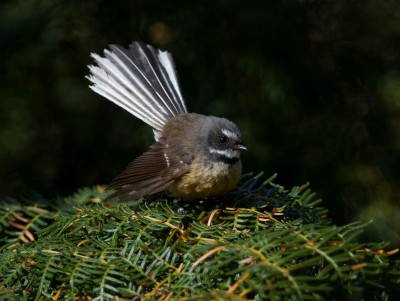 Forests do not fall silent from 1080, 10-year study shows
Forests do not fall silent from 1080, 10-year study shows
A 10-year study has found no significant negative impact of 1080 poison on bird and insect populations in the Wairarapa and instead points to the biodiversity benefits of widespread pest control.
The study was conducted by Te Herenga Waka-Victoria University of Wellington with results published in the New Zealand Journal of Ecology and the international journal, Conservation Biology. It tracked the populations of 12 bird species in Remutaka and Aorangi before, during, and after three aerial 1080 operations were used for predator control in the area over a 10-year period. The results showed there was an overall positive response of native bird species’ populations when pest mammals were controlled by aerial 1080.
Parallel monitoring of native beetles and wētā also found no negative effects of aerial 1080, and instead showed that when rodent populations were reduced the abundance of beetles and wētā increased.
Te Herenga Waka’s Stephen Hartley, an associate professor at the University’s School of Biological Sciences, is one of the researchers and authors of the study. He says the motivation for the study was to see what the principal causes of changes in bird populations were - in the context of mammalian predators (rodents, stoats and possums), mast years and aerial operations.
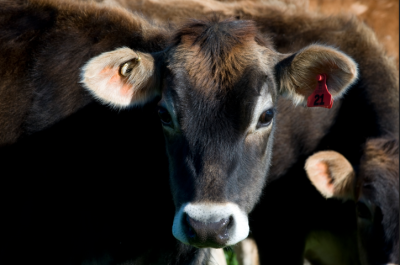 Calving 2023 — Be a mate, update NAIT
Calving 2023 — Be a mate, update NAIT
Calving is a busy time on-farm. It’s also a great opportunity to support lifetime traceability by fulfilling your NAIT obligations. It’s essential to be able to trace animals back to their original source.
If we have a biosecurity incursion or we’re managing a livestock disease outbreak like M. bovis, NAIT helps us work out where affected animals have been, what other animals they have come into contact with, and what we need to do to prevent the spread of disease.
NAIT obligations during calving
During calving season, you must:
- fit all calves with a NAIT tag before they reach 180 days old (the tag should be in the central or inner part of the right ear, between the 2 veins)
- register any fitted NAIT tags within 7 days of tagging
- tag and register all calves before their first movement. So if you are sending them off your location, make sure you meet your NAIT obligations.
We recommend using a scanner to register your animals and record movements.
For more helpful guidance around calving this year, including what do to when buying or selling calves, check out the link below.
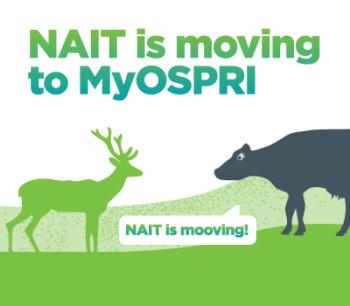 Have you heard about MyOSPRI?
Have you heard about MyOSPRI?
MyOSPRI is our new farmer customer portal for self-service with OSPRI’s programmes. You can now use MyOSPRI to complete electronic ASDs.
In the future, NAIT will move to this website. We encourage you to set up your MyOSPRI account today to avoid the rush later.
To set up an account, click the sign-up button below. It's important that you set up your account using the same email address you use for NAIT to allow all of your data to transfer across when the time comes.
Sign up tips
- Sign up using the same address you use for NAIT. If you'd like to use a different address, please change it in NAIT first before signing up to MyOSPRI. This will help your NAIT data transfer across later.
- You will need your own individual email address to sign up. If you are a PICA who currently shares one with your family or team in NAIT, please sign up using your NAIT email address and then ask your team to sign up using their own email address. Then you can invite them to join your MyOSPRI account.
- If you don't have an email address in NAIT, please log in and add one before signing up to MyOSPRI. This will help your NAIT account data transfer across later.
Remember, your NAIT information will only appear later. We will let you know when it is time to start using NAIT in MyOSPRI instead of the current NAIT website.
For more information, check out the link below.
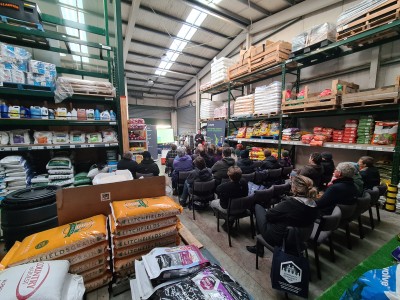 Need a hand with MyOSPRI, NAIT or TBfree?
Need a hand with MyOSPRI, NAIT or TBfree?
We've set up an upcoming events page on our website which can be used to find out what's on near you. You can filter by event type and region, so it's easy to see what's coming up in your area.
From drop-in sessions and workshops to webinars and lifestyle events, there's bound to be something that suits your needs. Many of the events have multiple sessions, so you can pick a time that best suits you.
You can view the events page by clicking the link below.

